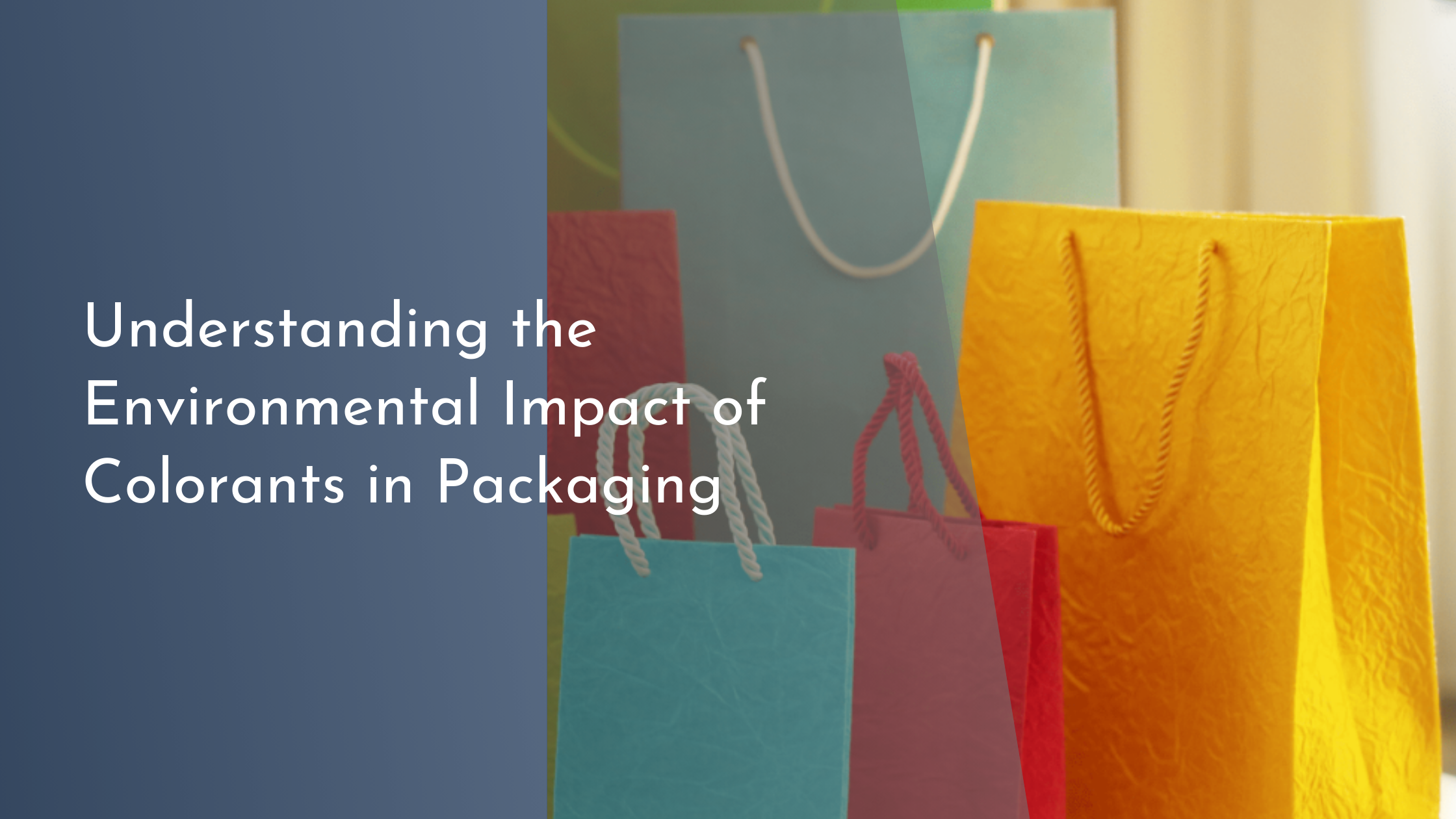Understanding the Environmental Impact of Colorants in Packaging
Color is everywhere and plays a crucial role in our purchasing decisions, often influencing our attraction to particular products. In the world of packaging, colorants are essential tools for branding, communication, and consumer engagement. However, as society becomes increasingly aware of the environmental impact of industrial processes, the spotlight has turned to the environmental implications of colorants used in packaging. Understanding these impacts and exploring sustainable alternatives is critical for businesses aiming to align with eco-friendly values and practices.
The Role of Colorants in Packaging Design
Colorants are fundamental in the design of packaging, serving as visual cues that convey brand identity and product information to consumers. Vibrant and distinctive colors can make a product stand out on the shelves, enhance brand recognition, and even communicate the perceived quality and efficacy of a product. For instance, bold and bright colors are often used to grab attention, while softer pastels might suggest gentleness and sustainability.
Beyond aesthetics, colorants in packaging can also fulfill functional roles. They can be used to protect the contents from light degradation, extend shelf life, and even provide safety information through color-coded designs. As such, the choice of colorants is not just a matter of appearance but an integral part of the product’s performance and marketing strategy. However, the environmental cost of these synthetic dyes and pigments has raised significant concerns.
Environmental Concerns of Synthetic Dyes
Synthetic dyes, commonly used in packaging, are derived from petrochemicals and often involve environmentally harmful production processes. The manufacturing of these dyes can result in the release of toxic chemicals into the air and waterways, contributing to pollution and ecological damage. Moreover, the disposal of packaging materials containing these dyes poses further environmental challenges, as they may not break down easily and can leach hazardous substances into the environment.
The persistence of synthetic dyes in the environment can also adversely affect wildlife and ecosystems. Aquatic life, in particular, is at risk when these chemicals enter waterways, potentially disrupting habitats and food chains. As consumers and businesses become more environmentally conscious, the need to address the ecological footprint of synthetic colorants in packaging has become increasingly urgent.
Eco-Friendly Alternatives to Traditional Colorants
In response to the environmental concerns associated with synthetic dyes, a growing number of companies are exploring eco-friendly alternatives. Natural dyes, derived from plants, minerals, and other renewable resources, offer a sustainable solution. These dyes are biodegradable, reducing the risk of pollution and harm to ecosystems. Additionally, they can be produced with less energy and fewer toxic chemicals, aligning with the principles of sustainable production.
Another promising alternative is the development of bio-based colorants, which are manufactured using biological processes and materials. These colorants not only reduce reliance on fossil fuels but can also be engineered to have specific properties, such as enhanced stability and vibrancy. By adopting these alternatives, companies can significantly reduce the environmental impact of their packaging and appeal to environmentally conscious consumers.
Innovative Strategies for Sustainable Packaging
Beyond the use of eco-friendly colorants, innovative strategies are being developed to enhance the sustainability of packaging. One such approach is the implementation of closed-loop systems, where packaging materials, including colorants, are designed for easy recycling and reuse. This can involve developing standardized colors and inks that simplify the recycling process, thereby reducing waste and conserving resources.
Another strategy involves the utilization of smart packaging technologies, which incorporate sensors and indicators that provide real-time information about the product. These technologies can reduce the need for extensive packaging while still maintaining communication with consumers. By integrating smart features with sustainable colorants, companies can create packaging that is both environmentally friendly and technologically advanced.
As sustainability becomes a cornerstone of modern business, understanding and mitigating the environmental impact of colorants in packaging is crucial. By exploring and embracing eco-friendly alternatives and innovative strategies, companies can lead the way towards more sustainable packaging solutions. This not only helps protect the environment but also meets the growing demand from consumers for products that align with their values. As we continue to innovate, the future of packaging holds exciting possibilities for both aesthetics and sustainability.


